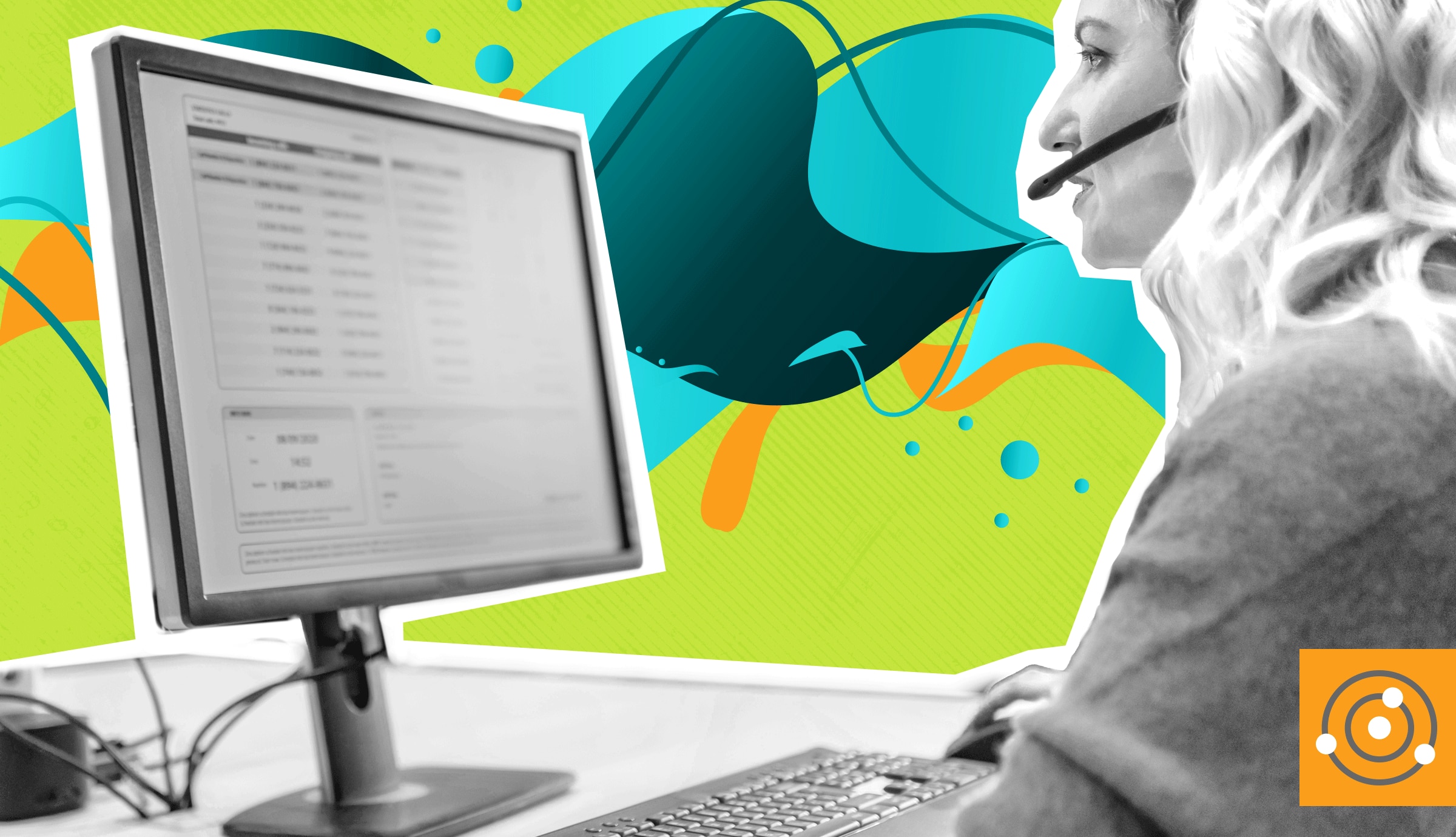It looks as though remote work will be a part of our lives for at least the foreseeable future. Even with some offices reopening their doors, don’t be surprised to see a change in work policies and a more open mind for a hybrid work structure.
With this shift in our workplace reality, many organizations will be reliant on a service desk with integrated remote support software to address some of their biggest and most common struggles while working remotely. In this blog, we’ll address how three of those challenges can be solved with this integrated solution.
Struggle 1: Not Enough Time in the Day
IT teams have limited hours in a day and need to maximize their time. The ability to streamline workflows for efficiency is critical.
Pre-pandemic, an uptick in responsibilities for IT was predicted. After the pandemic hit, that need accelerated. IT pros drove the swift transition to remote work, loaning devices to employees, increasing licenses, and
shifting communication processes. This drastic change cut into normal day-to-day activities and, even though organizations have mostly adjusted to the new work structure, IT pros’ time could be used to handle more pressing business needs.
The Solution: With the service desk, techs can promote the
knowledge base and other resources in the portal for employees to get answers to their FAQs.
Smart suggestions powered by artificial intelligence and machine learning can suggest relevant solutions before employees even submit a ticket. Getting employees into the habit of self-service relieves IT pros from handling routine requests, which gives them the gift of time back in their day. And if the issue persists? You’ve got an easy way to connect to the employee’s device for “hands-on” support.
Struggle 2: Supporting a Distributed Workforce
IT teams need the flexibility to quickly connect and communicate with end users to resolve incidents regardless of where
employees are located.
Even though most of us are on our laptops and phones more than ever, it doesn’t mean access to employees or IT teams is any quicker. So, how can IT pros help minimize employee downtime and connect with users faster?
The Solution: A service desk with
natively integrated remote support software can allow IT pros to connect to an employee’s laptop from miles away—with one click. Say an employee’s device keeps rebooting unexpectedly. They’ve checked the knowledge base but don’t see the solution they need, so they submit a ticket to the service desk. Once it hits the incident queue, an IT pro can ask for permission to remote into their device through remote support software to find and resolve the issue directly.
Struggle 3: Keeping Your Assets Covered
Managing numerous vendors and software products can be both inefficient and costly.
Between adding and changing technology, working with new vendors and contracts, and even supporting other business units that are adopting new software tools, IT always has a full plate. All these responsibilities mean there’s more to track with a high potential of overlapping capabilities, unused licenses, and inefficient spending.
The Solution: A robust service desk offers a configuration management database (CMDB) and IT asset management (ITAM) capabilities to help IT pros track those vendor contracts and licenses more efficiently. The
CMDB maps out the relationship between devices, software, and users to help you understand license management and perform impact analysis. When a user submits a ticket, you can easily view these relationships and identify exact versions of an application or device they’re using, which can help IT pros more quickly troubleshoot through a remote support session.
An integrated service desk with remote support is and will continue to be a necessary addition to current workflows. The service desk streamlines incident resolution and remote support allows organizations to connect people and systems to deliver an efficient service experience.







